Speaker
Dr
Benjamin Watts
(Paul Scherrer Institute)
Description
Scanning transmission X-ray spectro-microscopy (STXM) is a synchrotron-based materials analysis technique that provides high resolution imaging with strong, natural contrast based on various X-ray spectroscopic effects. STXM experiments involve focusing a monochromatic X-ray beam onto a thin sample and measuring the amount of transmitted radiation - this provides a single pixel of an image that is built up by raster-scanning the sample and measuring pixel values one-by-one. Typical data sets involve a set of images at different photon energies (a data-cube of two spatial dimensions and one spectroscopic dimensions). While slower than full-field imaging, the simple set-up allows easier access to spectroscopy, other detector types for sensitivity to the sample surface (electron detection) or the presence of trace elements (fluorescence), and special sample environments. Precision and reproducibility of the scanning system is provided by interferometric measurement of the sample position, with feedback to the scanning stages. Software to control such instruments therefore require a great deal of flexibility, while also minimising overhead in order to keep the scan speed reasonably fast.
The *Pixelator* STXM control software has been developed by a collaboration between the *Paul Scherrer Institut*, the *Max-Planck-Institut für Intelligente Systeme* and *Semafor Informatik & Energie AG*. It consists of:
1. an *Orchestra Control Engine* realtime system that tightly integrates the time-critical positioning, feedback and measurement systems,
2. a C/C++ server that handles scanning logic, control of the non-critical actuators (often via EPICS or similar) and writing/reading data to/from a NeXus compliant HDF5 format, and
3. a user-friendly Qt-based GUI that communicates with the server via simple JSON-format commands. A python scripting environment can also be used to generate the same commands for the server.
This presentation will discuss the structure and strategies of the *Pixelator* system along with some performance data and example data.
Primary authors
Dr
Benjamin Watts
(Paul Scherrer Institute)
Dr
Joerg Raabe
(Paul Scherrer Institute)
Co-authors
Dr
Markus Weigand
(Max-Planck-Institut für Intelligente Systeme)
Mr
Simon Bader
(Semafor Informatik & Energie AG)

